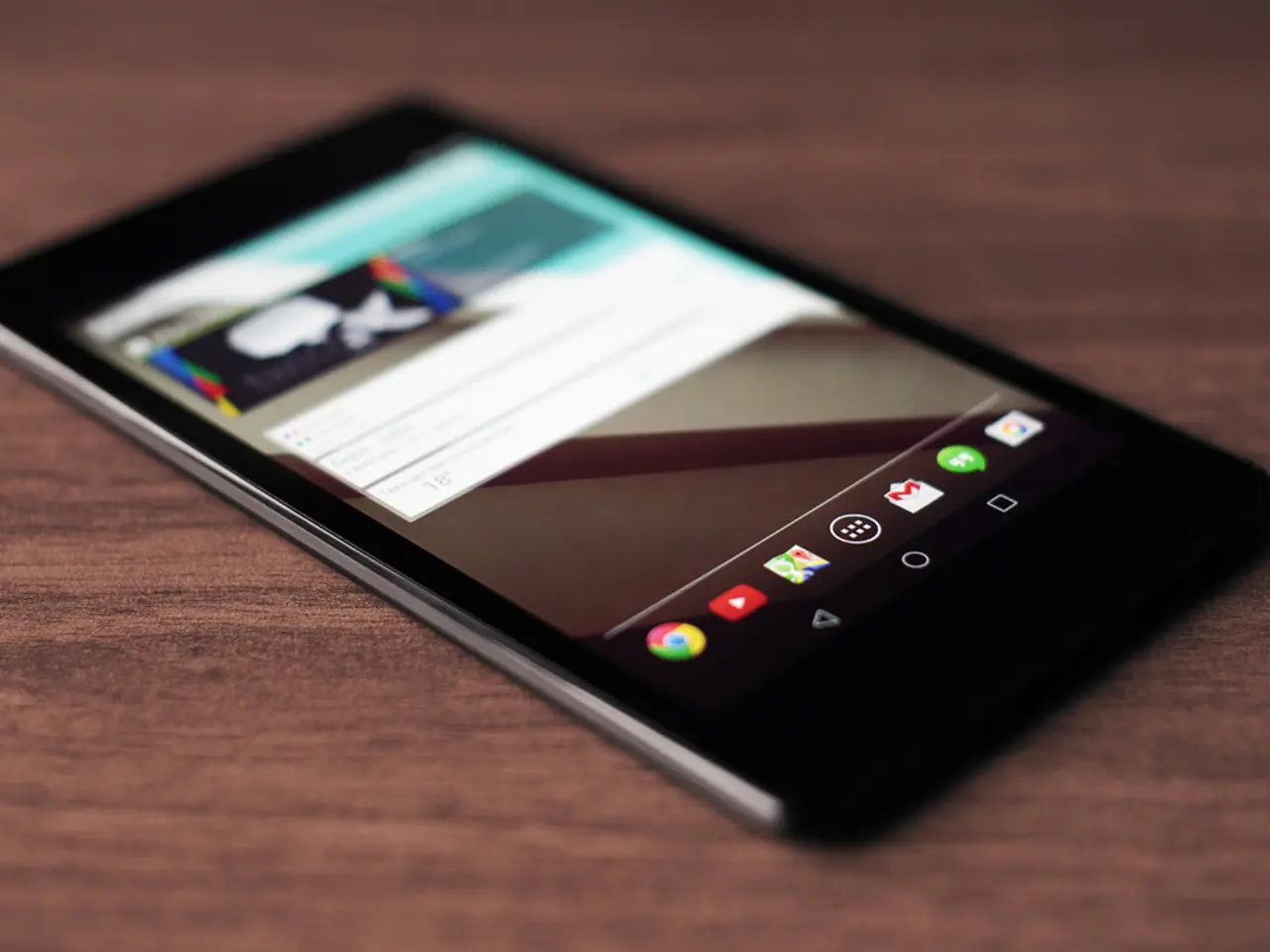T-Mobile's satellite service, T-Satellite, has officially commenced operations within the United States.
T-Mobile's new satellite service, T-Satellite, is set to revolutionise mobile connectivity, particularly in rural, remote, or disaster-prone areas where traditional cell towers fall short. Powered by SpaceX's Starlink, the service offers satellite-based texting coverage via over 650 satellites, allowing users to send and receive text messages even in areas without cellular or Wi-Fi connectivity.
Device Compatibility and Functionality
T-Satellite supports more than 600 mobile devices, including iPhones from the iPhone 13 onward, Samsung Galaxy S21 and later, and Google Pixel phones from Pixel 9 forward. Currently, the service is limited to texting—SMS and iMessage—without data support; no internet access via satellite is available yet.
Connection Experience
Phones connect seamlessly to satellites without apps or settings changes, showing a "SAT" icon or banner in the status bar during satellite use. Connection is automatic and mostly stable, though brief downtime can occur as satellites move in orbit.
Pricing and Availability
The service is free for T-Mobile Beyond 5G and Go5G Next plan customers. Other T-Mobile plans, as well as AT&T and Verizon customers, can access T-Satellite for $10/month (a limited-time promotional price), expected to increase to $15/month later. T-Mobile's T-Satellite service officially launched on July 23 across the U.S.
Additional Features and Limitations
Currently, T-Satellite only supports text messaging; unlike Apple’s built-in Globalstar-based satellite service (which also supports emergency services, location sharing, weather updates, and roadside assistance), T-Satellite does not yet support these extra features.
T-Mobile aims for T-Satellite to "eliminate mobile dead zones for good" by allowing satellite-based messaging without special hardware, bringing connectivity in remote or emergency situations. Expansion to include data or other services is not yet announced but may come in future updates.
In summary, T-Satellite delivers basic, reliable satellite SMS texting on many existing smartphones, with easy setup and a low monthly fee, focusing on expanding mobile connectivity in otherwise unreachable areas. The service is planned to offer limited data services starting in October, and will include voice messaging and support for satellite-optimised apps like WhatsApp and AllTrails. T-Satellite turns the idea of "no service" into something that no longer leaves you stranded.
[1] T-Mobile's T-Satellite service: Everything you need to know
[2] T-Mobile's T-Satellite service launches: What you need to know
[3] T-Mobile's T-Satellite service: What it is, how it works, and how much it costs
[4] T-Mobile's T-Satellite service: Review and analysis
- With the upcoming technology advancements, space-and-astronomy will play a significant role in enhancing mobile connectivity, especially through partnerships like T-Mobile's collaboration with SpaceX's Starlink for satellite services like T-Satellite.
- As technology evolves, the integration of science and finance sectors can lead to innovative services such as T-Satellite, offering satellite-based texting coverage even in remote areas, thereby revolutionizing traditional mobile connectivity platforms like cell towers.




